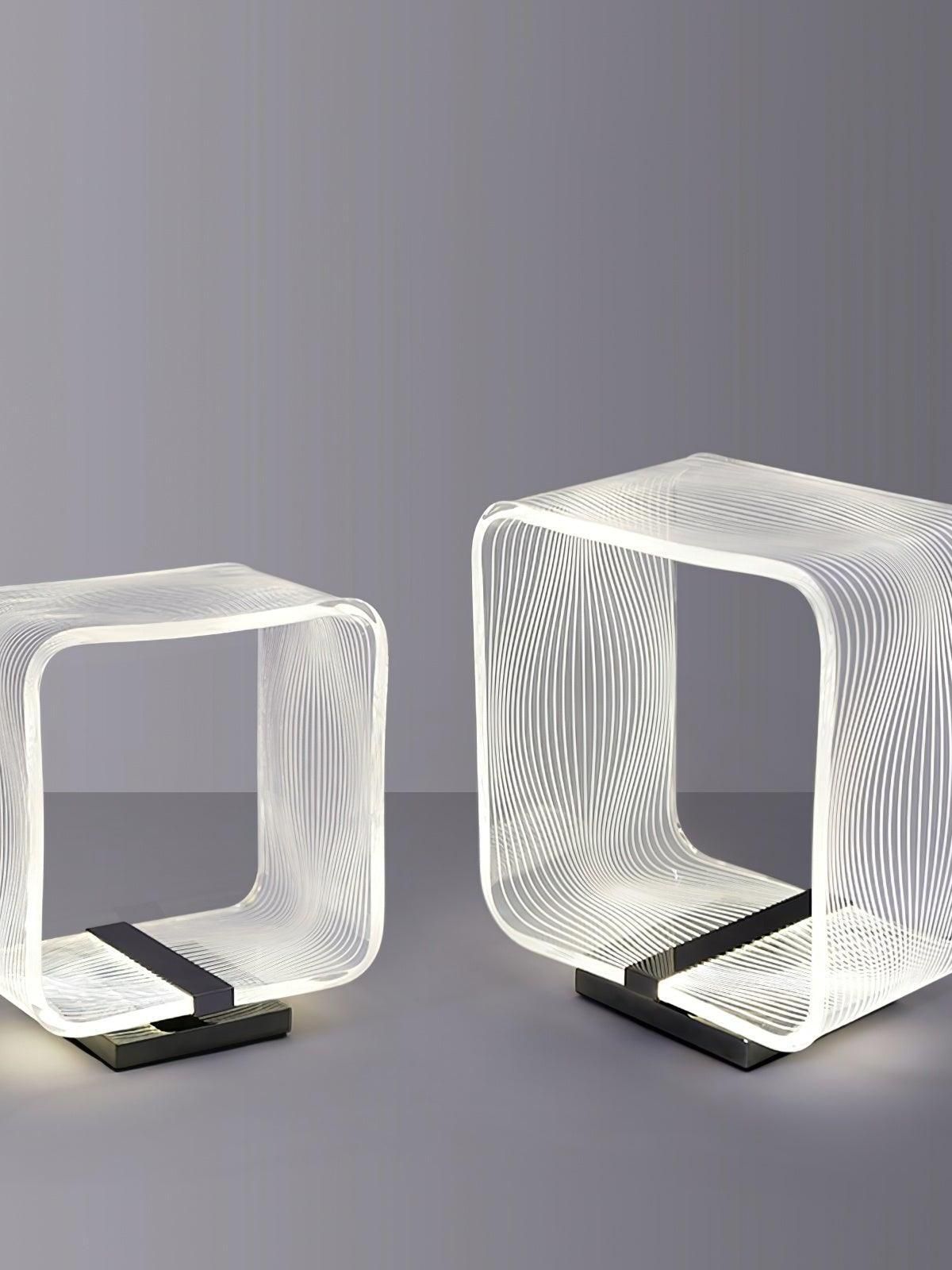Ryan Kimber (he/him)
Components could be ready to deliver very quickly.
Achieving net zero operational and embodied carbon with lean design and modern methods of construction.Bryden Wood’s strategy to achieve net zero carbon building is based on the adoption of a clear hierarchy for operational and embodied carbon..

In order to substantially reduce operational carbon, our designs will adopt the following hierarchy:.Be Lean (passive): minimise the use of energy via passive design measures such as optimised form, orientation and window-to-wall ratio (WWR); design energy efficient facades that incorporate thermal insulation, high airtightness, external shading and solar control glazing; use of natural ventilation and thermal mass and design transitional spaces and low thermal expectation spaces.. Be Lean (active): minimise the use of energy via energy efficient lighting (LED, daylight and presence control sensors) and ventilation systems (demand control ventilation, low SFPs, heat recovery); use technologies such as waste-water heat recovery and specify energy efficient lifts and appliances/equipment.. Be Clean: connect to district heating networks that have plans for decarbonisation; explore plans and feasibility of local hydrogen district networks.. Be Green: use onsite low and zero carbon technologies such as air source heat pumps (ASHP), ground source heat pumps (GSHP), photovoltaic panels, solar collectors for domestic hot water and wind generation among others.. Be Smart: implement innovative technologies such as electric batteries, heat storage, post-occupancy evaluation and develop smart-metering systems..Offset: any remaining carbon should be offset via Power Purchase Agreements (PPA) or recognised carbon offset schemes.

Offsets used should be publicly disclosed.. An example of specific design strategies that Bryden Wood have adopted follow the proposed operational carbon hierarchy is shown in Figure 5 and is demonstrated with examples below..Step-by-step hierarchy for net zero operational carbon.

In order to substantially reduce embodied carbon, our designs will adopt the following hierarchy:.
Build Nothing: identify opportunities to reuse existing structures, refurbish and reuse demolition materials onsite.This has delivered a huge body of evidence in terms of how platform design (P-DfMA) can unlock industrialised construction..
Improving diversity and attracting young workers into construction.Understanding how we can attract more people into the sector is vitally important when we consider shaping the future of the construction industry.
Although it’s widely recognised that there aren’t enough women and minorities joining construction, Professor Glass says this important issue has been noted and there are people trying to rectify this situation.She also believes academics and researchers could generate enthusiasm by sharing what attracted them to this stimulating, fascinating space, and discussing what motivates them to stay.. We also need to take stock of what competencies are needed in the construction industry, and acknowledge that digital skills must be made a priority.




